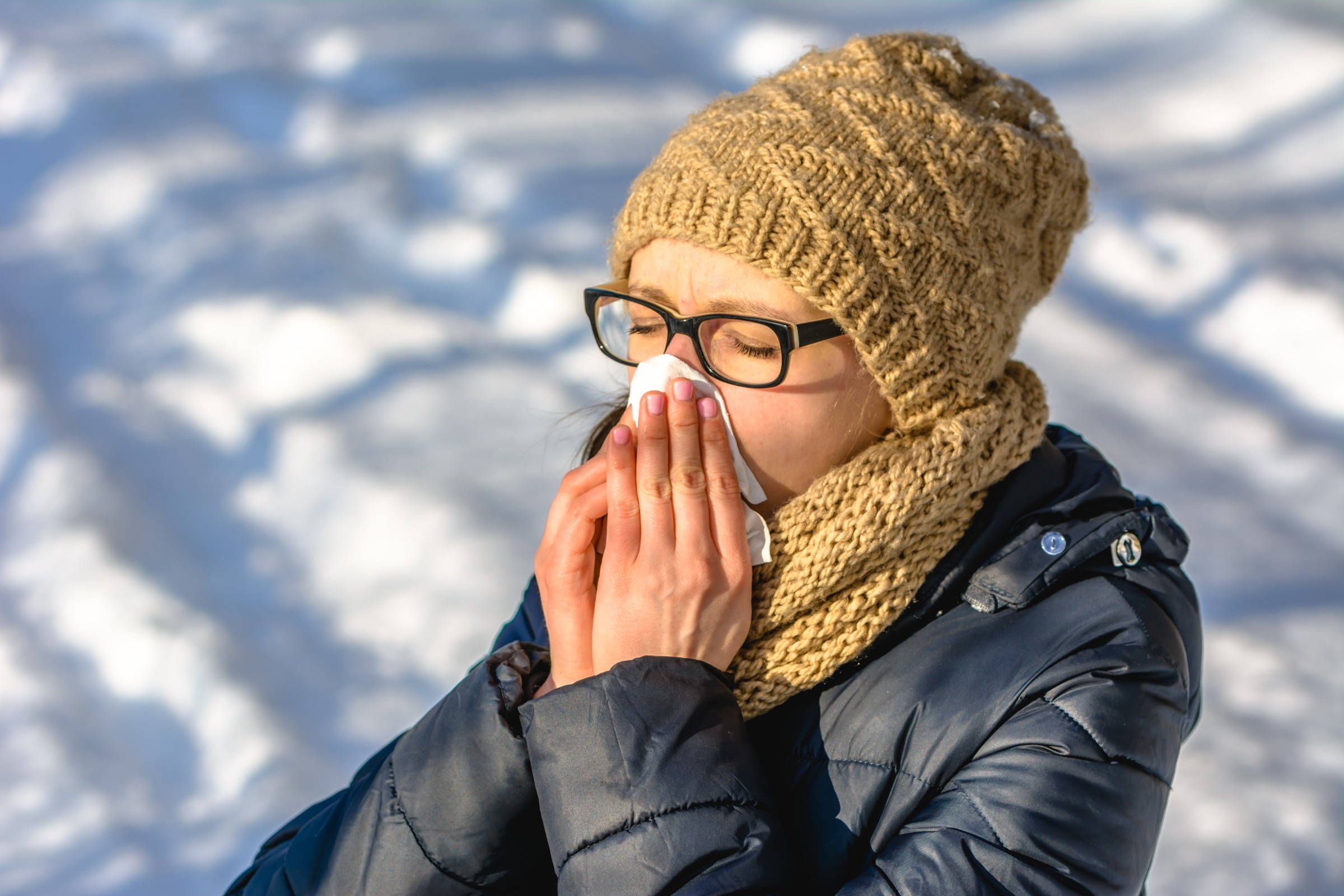
Heavy Rain, Flooding, and Chance of Severe Weather Staring Down the Southern U.S.
January 22, 2024
Posted: November 29, 2022 11:43 am





If it feels like everyone around you is sick lately, you may be right. Cases of the flu continue to increase throughout the U.S. with experts warning that the numbers are likely to get worse after millions of Americans gathered for the Thanksgiving holiday. Here is a look at some of the latest health headlines around the country and the world.
Health experts are growing concerned as flu rates are now registering the highest in a decade with respiratory virus activity also skyrocketing. According to the latest data from the U.S. Centers for Disease Control and Prevention (CDC), at least 33 states are now under the umbrella of a “high” or “very high” respiratory virus activity with seasonal flu activity remaining elevated throughout the nation.
Medical care professionals caution that the numbers are likely to increase even further in the coming days after Americans return home after the Thanksgiving holiday. The fatality numbers are certainly alarming. In the week ending November 19, almost 1 in 10 fatalities in the U.S. was at the hands of COVID-19, influenza, or pneumonia. The seasonal baseline hovers around 6%. The CDC said that there have been about 6.2 million cases of flu along with 53,000 hospitalizations and 2,900 deaths already this season.
In addition to the early onslaught of the flu, RSV has also hit harder than usual this year. Because RSV typically impacts young children the worst, experts hypothesize that the COVID-19 protection measures over the last few years did not allow the immune systems of this vulnerable population to develop.
The good news is that RSV rates are showing signs of slowing down. However, positivity rates still remain higher than normal. For instance, the RSV hospitalization rate this season is already almost at the level of numbers over the entirety of the 2018-2019 season.
While COVID-19 numbers have been down over the last few months, there are still thousands of fatalities attributed to the virus each week in the U.S. There is also a good chance that case numbers will spike in the week following Thanksgiving. Health officials are continuing to emphasize the importance of prevention measures leading up to the holidays. Not only do these measures work to mitigate the spread of COVID-19 but wearing masks and practicing good personal hygiene will also work to limit the spread of all respiratory illnesses, including the flu and RSV.
The latest data from the CDC shows that only 12% of all eligible Americans have received the updated COVID-19 booster. In addition, roughly 20% of all individuals nationwide remain completely unvaccinated. The data also shows lagging flu vaccine numbers when compared to this point in the season over the last few years.
The BQ subvariants of the Omicron strain are now responsible for the bulk of U.S. COVID-19 cases. According to the CDC, BQ.1 and BQ.1.1 are descendants of BA.5 with five and six key mutations, respectively. These mutations in the spike proteins make the vaccines less effective, giving them the fuel to spread more quickly than the BA.5 predecessor.
For the week concluding November 19, the BQ.1 and BQ.1.1 strains were causing approximately half of all new cases in the country. The good news is that these variants do not appear to be driving up hospitalizations or deaths.
While this is not an exact science, most health experts are in agreement that the BQ subvariants will likely peak in early January after the holidays.
Also concerning is the news of widespread shortages of some of the primary medications used to treat flu, ear infections, and other common childhood illnesses. For instance, pharmacies and physicians are reporting that they are out of Tamiflu for children. Antibiotics are also in short supply, compounding the already difficult cold and flu season.
Medical care professionals are cautioning parents to not delay seeking treatment for their children just because they think that the medication may not be available. They instead need to be prepared to simply drive farther to find the pharmacy carrying the treatment that they need.
The World Health Organization (WHO) is renaming the monkeypox virus, now referring to it as the “mpox.” The Monday announcement detailed that the decision was made in an effort to decrease the stigma and discrimination associated with the current name.
The WHO said that they will use both names for one year as the term “monkeypox” is phased out of the vernacular. The administration of President Joe Biden said that they will also use the mpox terminology. U.S. Department of Health and Human Services Secretary Xavier Becerra responded to the WHO decision saying that the world must do everything that they can to break down these stigmas and barriers.
Did you find this content useful? Feel free to bookmark or to post to your timeline for reference later.

January 21, 2024

January 19, 2024

January 18, 2024